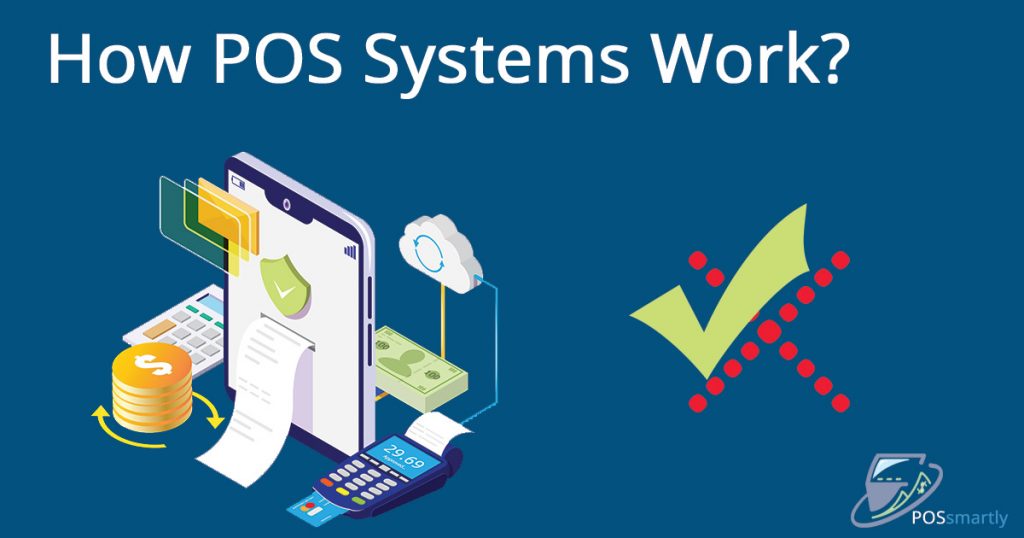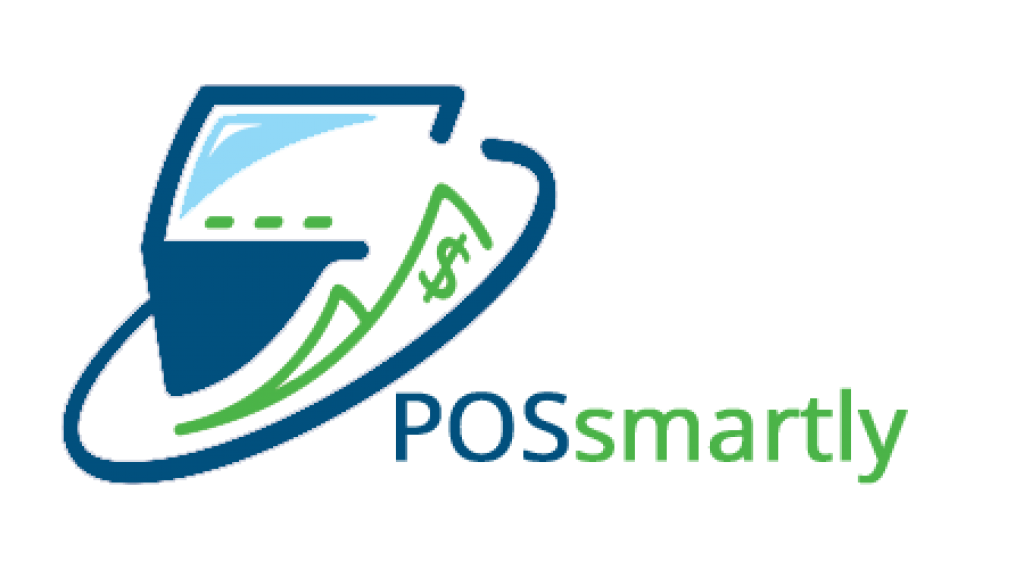
How POS Systems Work?
Table of Contents
A POS (Point of Sale sometimes called a POP: Point of Purchase) indicates, in its most basic form, the time and place when a retail transaction occurs. At a POS, a vendor calculates the amount of money a customer must pay, prepares an invoice, and offers different payment options if available. After completion of a transaction the vendor may issue a receipt which can be printed in paper form, but in modern times is often issued digitally.
Early electronic cash registers, the forerunners of modern POS systems first made their appearance in 1973. These were simple models released by IBM that offered features such as peer-to-peer communications, connection to LAN, real-time backup, and remote initialization. Their use was limited at the time to large retail stores in shopping malls. Models integrating nascent micro-processor technology soon followed, being used for the first time in the fast-food industry.
Two huge advancements in POS system technology came in the form of the touch screen in 1986 and massive improvements in software using globally recognized platforms such as Windows and Linux in the course of the 1990s before become cloud-based in contemporary times with the advent of cloud-computing. This article focuses on the current technology used by both traditional POS systems and the growing use of portable and mobile models.
A POS, in its modern iteration, is basically a credit card reader. To function the system must be connected via telephone line to a center of data elaboration managed by the bank that authorized the service. The flow of data that passes through the terminal enables payment in real time undertaken by a customer directly to the bank account of the vendor.
To effectively understand how the main POS modules used today work we must categorize the main types of POS systems.
Fixed or Stand-alone POS systems
Static models that are connected to a telephone line through a modem. These can only be used in the immediate vicinity of a telephone router. They are often equipped with a numeric keypad called a PIN pad, connected to the main hardware of the module.
Pocket POS systems
Models that are comparable to a cordless telephone that can be used at various distances (usually around 10 meters) of the module. Connection occurs via Bluetooth or WIFI.
GSM/GPRS POS Systems
A specific model of portable POS systems that does not necessitate a telephone line to function. Connectivity occurs through the Global System for Mobile Communication (GSM) or the General Packet Radio Service (GPRS).
Mobile POS Systems or mPOS
Like the previous models, it does not need to connect to a telephone line but instead transfers transaction data via connection to a mobile phone device. The main difference with a GSM/GPRS system is that an mPOS system is equipped with a SIM card. This Pos model does not fit the parameters of a traditional POS hardware as it only works through apposite POS payment apps installed on a smartphone or tablet.
Virtual POS
These are POS systems used in exclusively for online transactions. Direct contact with a credit card is not usually needed. This is substituted by the insertion of an alpha-numerical security code.
Using a POS System in Everyday Transactions
There are three main methods of utilizing a POS system which vary depending on the model and software of the module and differences between cards (credit cards, debit cards, charge cards, prepaid cards etc).
Cards with a magnetic band are usually inserted and swiped through a dedicated fissure present on the hardware. Cards with a microchip are simply inserted. Debit card holders are usually required to insert a PIN while credit card users are usually asked to sign a receipt.
Finally, cards that feature contactless technology only need to be briefly placed atop the module which proceeds to scan the card details using radio-waves. Cards with magnetic bands are becoming rarer as Contactless technology is becoming the norm and is usually used for fast transactions under a 25$ limit without the insertion of a PIN or signature of a receipt.
The technology present in a POS terminal ensures that the card data isn’t fraudulent thanks to a complex and encrypted infrastructure bound by digital certificates that are issued by the according bank branch the POS system belongs to and inserted both in the card and POS terminal.
Many automatic vending terminals (such as gas stations) have POS systems that are integrated in the hardware. In general, completing a transaction is as simple as inserting a card and inserting a PIN. The terminals of some payment circuits do not necessarily accept all cards, cards with modern technology and of more popular global usage are generally more likely to be accepted (Mastercard, Visa/Visa Electron and American Express are some examples).
To recap, a POS system is a terminal comprised of two distinct physical components. One is used by the vendor to scan a customer’s credit card and issue a receipt (either on paper or virtual). The other is the numeric keypad used by a customer to insert his/her card details.
Main Components of a POS System
POS systems in their modern form are made of a software and hardware. Both are in continuous evolution as technology progresses and can offer different services depending on the category of POS system, level of technology and usage in specific sectors (for example a POS system may be designed for use in a restaurant as opposed to a clothing store).
Software
Depending on how advanced a POS system is, software’s can be used to manage key aspects of business from management functions to in-depth analytics. Modern POS systems present a frontend touch screen or tablet interface for customer transactions and a backend used for other logistical or analytical purposes accessible either from a separate browser or application window on the same device or from a separate computer or mobile device. The storage of data can be used divided in two categories depending on the POS model: On-site or Cloud-based.
On-site storage is the more traditional system where the software is installed and saves data on a physical server present in the place of business. An advantage is that internet is not required to conclude transactions as these software’s are based on closed computer networks while a disadvantage is that such software’s need to be continuously maintained and updated to not become obsolete. With a Cloud-based system, all data is hosted on your POS providers internet servers and can be accessed by any device granted you are connected to the internet and have all the credentials to access your account. Cloud-based software is also automatically maintained and updated through SaaS.
Most businesses are switching to Cloud-based software’s which present less expenses, less to no external maintenance and improved functionality. The usage of hybrid systems taking advantage of the best of both worlds offered by internet storage and local hosting is also very popular.
Hardware
The physical component of a POS system makes the other half of a module and is comprised of:
- Interface/monitor
- Cash Drawer
- Receipt Printer
- Card Machine
- Network devices (modem, router)
- Barcode scanner
This covers how a POS system effectively works and how we use them every day. For a business owner knowing the different model types and components that make POS system can not only simplify transactions but efficiently streamline workload and greatly improve productivity.

Taylor Goldstein
Hey, my name is Taylor Goldstein and I am the creator / editor of the "POSsmartly" website. I have been a CTO and VP Technology in couple of a big brands, and my mission now is tocriticises this misunderstood field of tehc pieces.
